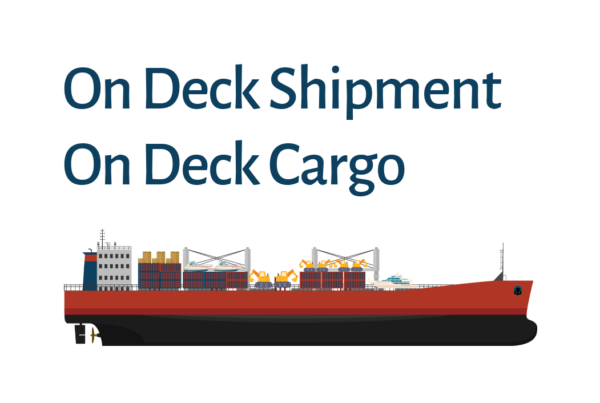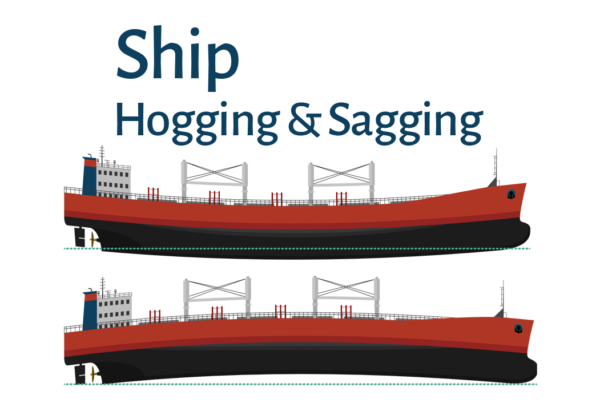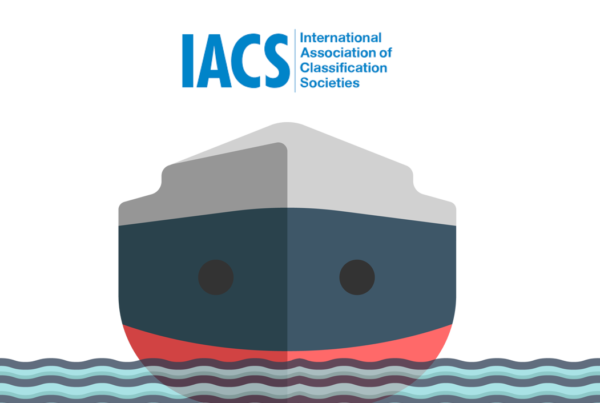Ship hogging and sagging is a concept to determine the horizontal bending dynamics of ships. It is crucial to understand and address these effects, as failure to do so can lead to serious structural issues that can compromise the safety of the vessel. Ship hogging occurs when a ship’s hull bends upwards in the middle due to excessive stress on either end. On the other hand, sagging happens when the hull curves downwards at the center. Both of these effects may have negative consequences on a ship’s stability, seaworthiness, and overall performance.
In this comprehensive analysis, we unpack the notions of ship hogging and sagging, their underlying mechanisms, causes and effects, and the implications of hogging and sagging in the maritime industry. We will also explore the strategies to prevent and mitigate these issues.
Understanding Ship Hogging
Upward Bending of the Center of the Ship’s Hull
Ship hogging is the term used to describe the flexing of a ship’s hull with the middle section rising higher than the bow and stern. This condition is subjected to varying wave and loading conditions. This repeated flexing can occur due to a multitude of factors and results in a reverse ‘U’ shape forming in the ship, leading to decreased longitudinal strength and increased stress at the midsection.
Mostly improper cargo loading, with too much weight concentrated at the bow(front) and stern(back) holds, can cause hogging. Additionally, waves can induce hogging as a ship rides a wave crest, with the unsupported ends flexing downwards. Over time, even with proper loading, some hogging can develop in ships, particularly in the ships that are built with longer LOA(Length Overall) with low draft. This unwanted condition of hogging highlights the importance of careful cargo management and regular hull inspections to ensure a ship’s structural integrity and overall safety of the voyage.

”The causes of hogging are as varied as they are potent. Excessively heavy loads (at front and end holds), navigational actions that lead to uneven distribution of cargo weight, and even the vessel’s own motions in rough seas can contribute to hogging. The immediate effect is a reduction in the longitudinal strength of the ship, otherwise heavy hogging can potentially be leading to structural damage and severe catastrophic failure.
To ensure optimal ship performance, every part of the structure must work together smoothly. Ship hogging disrupts this balance, leading to stress issues, operational challenges, higher fuel usage, and an elevated risk of accidents. If a ship experiences hogging, it may struggle and tilt in turbulent waters, impacting its overall stability and safety.
Understanding Ship Sagging
Downward Bending of the Center of the Ship’s Hull
Opposite to hogging, ship sagging refers to the bending of a vessel’s hull towards the waterline at its center. This issue arises from external forces, leading to a gentle U-shape in the ship’s structure. When the cargo is densely loaded at the middle hold(s) extremely, ship sagging is observed. More commonly, sagging occurs in rough seas when a ship bridges the trough between two waves. The unsupported center section bears the brunt of the ship’s weight, causing it to flex downwards. This creates a significant strain on the hull, and in extreme cases, can lead to cracks or fractures.
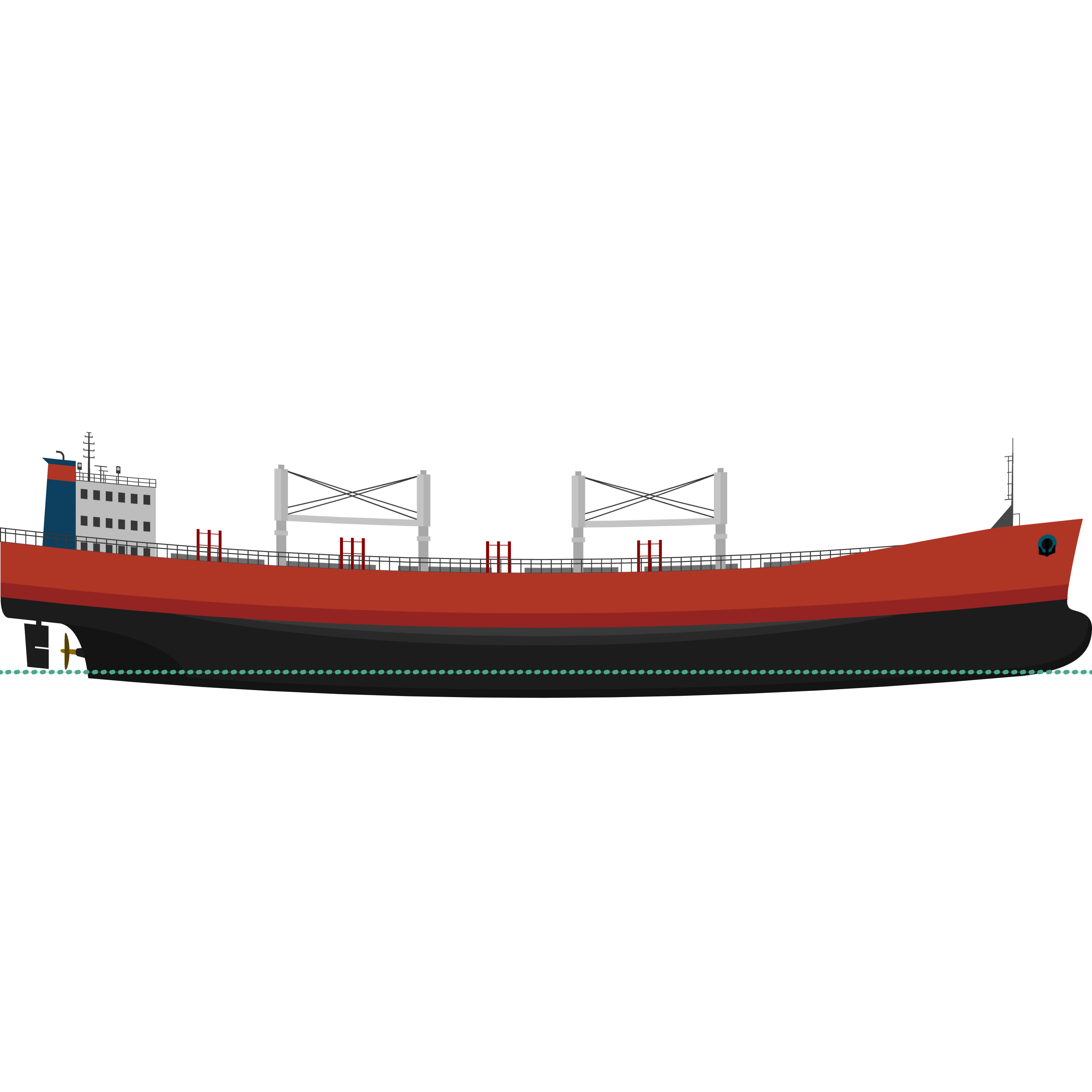
”Ship sagging, where the amidship sinks below the bow and stern, can result from factors like improper cargo distribution, structural changes, and environmental stress. Identifying and addressing these issues promptly is essential for maintaining the vessel's stability and safety.
Similar to hogging, sagging induces stress at specific points along the vessel’s length, albeit in the form of compression rather than tension. This results in increased risk to the structural integrity of the ship and its payload. A sagged ship not only experiences a degradation in its performance but also incurs additional costs through heightened maintenance requirements.
Prevention and Mitigation Strategies for Ship Hogging and Sagging
Proper Loading, Route Planing, Design Dynamics, Proper Repair & Survey
The maritime industry is not defenseless against the challenges posed by ship hogging and sagging. Proactive measures in ship design and relentless maintenance have proven to be stalwart defenses in the industry’s arsenal.
Proper loading planning is crucial to prevent ship hogging (excessive bending of the ship’s hull) and sagging (sinking of the ship’s midsection) in advance. Careful consideration of weight distribution, cargo placement, and sea conditions is necessary to maintain the structural integrity of the vessel and ensure safe navigation at sea.
Since the loading plan, stowage plan, and respective calculations are made by the Chief Officer, careful attention and proper calculations are very important. Of course, none of the mitigative actions will 100% protect the vessel’s hull hogging and/or sagging, however, these are the necessary precautions that must be taken.
Ship designers must ingeniously counter the forces of nature. By implementing stronger frames and considering the distribution of mass within the vessel’s architecture, shipbuilders can pre-empt the potential for hogging and sagging. The use of high-tensile steel, more robust welding techniques, and innovative stress analysis tools can push the boundaries of design to protect vessels.
Ships in operation must adhere to stringent maintenance schedules that include regular structural inspections. Bulkheads, hatch covers, and the integrity of the entire hull must be meticulously monitored and, if necessary, repaired to abolish even the faintest sign of hogging or sagging.
”Ships in operation must adhere to stringent maintenance schedules that include regular structural inspections. Bulkheads, hatch covers, and the integrity of the entire hull must be meticulously monitored and, if necessary, repaired to abolish even the faintest sign of hogging or sagging.
Mustafa Can, Heisenberg ShippingHead of Vessel Operations
Safety Regulations and Compliance for Ship Hogging and Sagging
Classification societies and maritime safety organizations mandate strict regulations to ensure that ships adhere to safety standards. Compliance with these regulations not only mitigates the risk of ship hogging and sagging but also safeguards the human element involved in maritime operations.
Basics of Ship Hogging and Sagging
Keeping the Ship Safe, Upright and Not-Bended
Ship hogging and sagging, though niche, play a crucial role in maritime crises and strategic planning. Proactive management and commitment to vessel integrity are vital for a strong industry. Emphasizing diligence in stowage plans, loading sequences, ship design, maintenance, and operation is key. Addressing hogging and sagging challenges is foundational for a secure future in the maritime sector.
What is Hogging and Sagging?
Understand these terms related to the shape deformation of a ship, where hogging implies the bending of the ship upwards and sagging implies it curving downwards under load.
Real Life Scenarios
Know about real instances of hogging or sagging, like the sinking of the Prestige in 2002 and the 2013 loss of the container ship MOL Comfort.
Impact of Cargo Loading
Cargo loading plays a significant role in influencing the hogging and sagging of a ship. A well-balanced cargo distribution helps maintain the structural integrity of the vessel, reducing the risk of hogging (upward bending) or sagging (downward bending) due to uneven weight distribution. Proper cargo loading is crucial to prevent excessive stress on the ship’s hull and ensure safe navigation.
Importance of Ship Hogging and Sagging
Ship hogging and sagging, induced by improper cargo distribution and environmental stresses, pose significant structural risks, necessitating meticulous hull inspections and proactive maintenance strategies to ensure vessel integrity and maritime safety.
Discover Our Other Posts
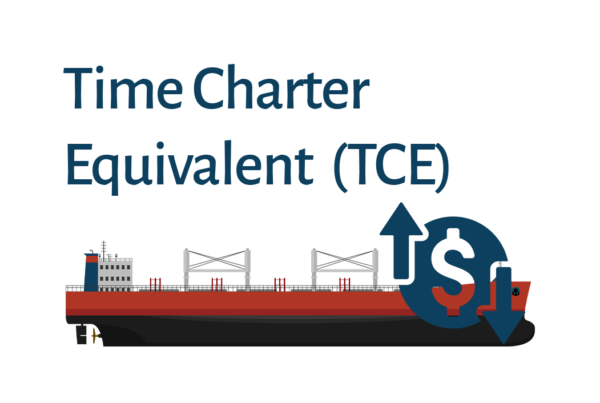
Time Charter Equivalent (TCE)
